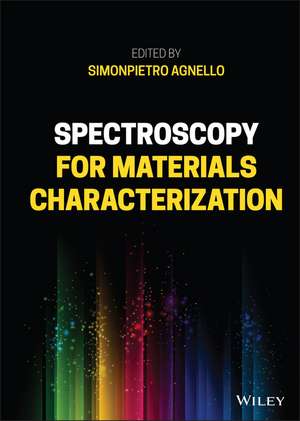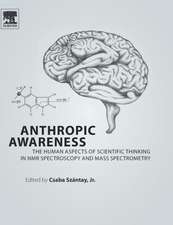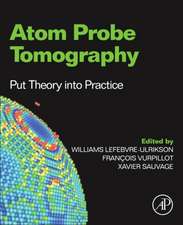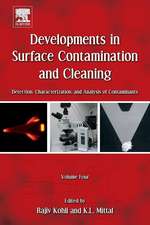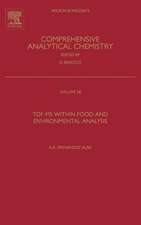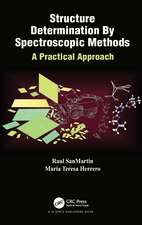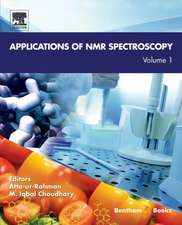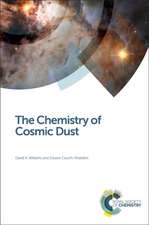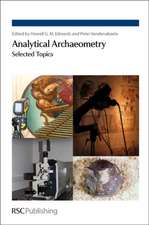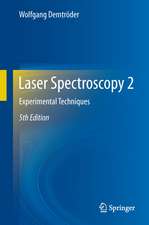Spectroscopy for Materials Characterization
Autor S Agnelloen Limba Engleză Hardback – 4 noi 2021
SPECTROSCOPY FOR MATERIALS CHARACTERIZATION
Learn foundational and advanced spectroscopy techniques from leading researchers in physics, chemistry, surface science, and nanoscience
In Spectroscopy for Materials Characterization, accomplished researcher Simonpietro Agnello delivers a practical and accessible compilation of various spectroscopy techniques taught and used to today. The book offers a wide-ranging approach taught by leading researchers working in physics, chemistry, surface science, and nanoscience. It is ideal for both new students and advanced researchers studying and working with spectroscopy.
Topics such as confocal and two photon spectroscopy, as well as infrared absorption and Raman and micro-Raman spectroscopy, are discussed, as are thermally stimulated luminescence and spectroscopic studies of radiation effects on optical materials.
Each chapter includes a basic introduction to the theory necessary to understand a specific technique, details about the characteristic instrumental features and apparatuses used, including tips for the appropriate arrangement of a typical experiment, and a reproducible case study that shows the discussed techniques used in a real laboratory.
Readers will benefit from the inclusion of:
- Complete and practical case studies at the conclusion of each chapter to highlight the concepts and techniques discussed in the material
- Citations of additional resources ideal for further study
- A thorough introduction to the basic aspects of radiation matter interaction in the visible-ultraviolet range and the fundamentals of absorption and emission
- A rigorous exploration of time resolved spectroscopy at the nanosecond and femtosecond intervals
Perfect for Master and Ph.D. students and researchers in physics, chemistry, engineering, and biology, Spectroscopy for Materials Characterization will also earn a place in the libraries of materials science researchers and students seeking a one-stop reference to basic and advanced spectroscopy techniques.
Preț: 1033.74 lei
Preț vechi: 1135.97 lei
-9% Nou
197.83€ • 204.37$ • 164.65£
Carte tipărită la comandă
Livrare economică 25 martie-08 aprilie
Specificații
ISBN-10: 1119697328
Pagini: 496
Dimensiuni: 186 x 260 x 32 mm
Greutate: 1.06 kg
Editura: Wiley
Locul publicării:Hoboken, United States
